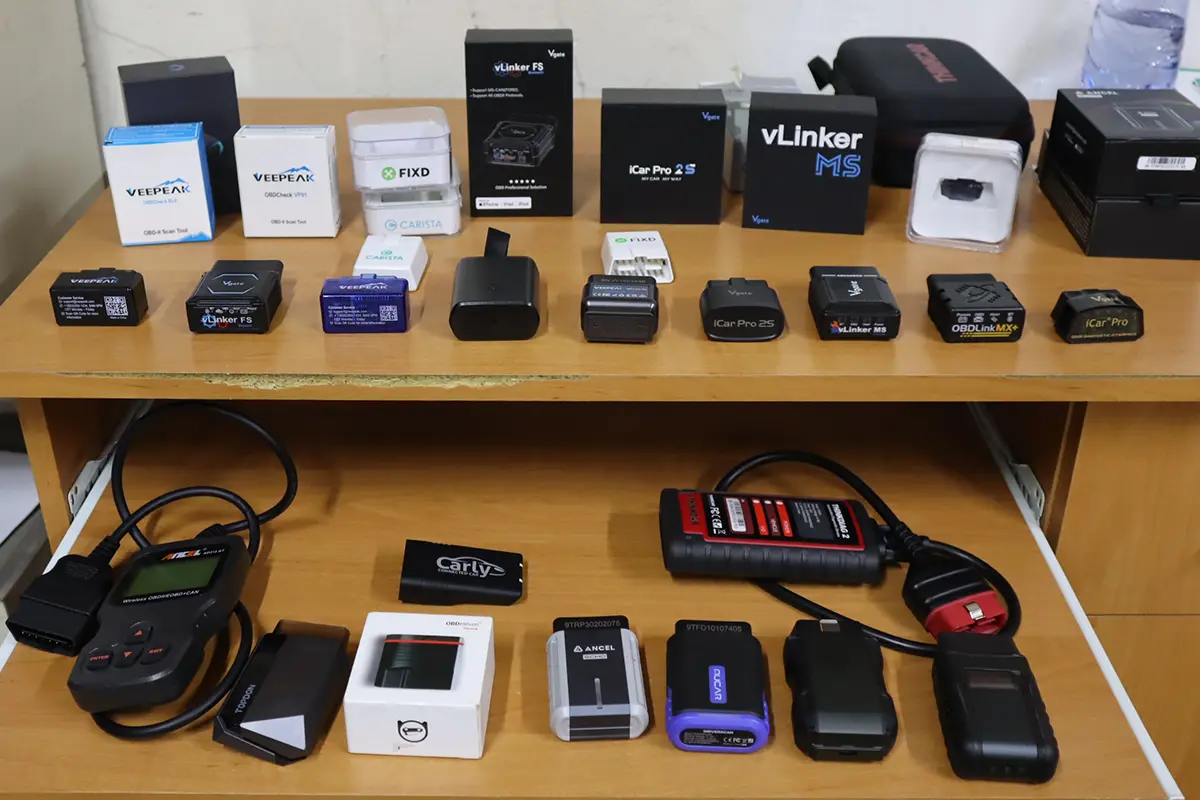The P0AEA: Hybrid Battery Temperature Sensor “D” Circuit Low refers to a situation where the voltage in the circuit for temperature sensor “D” is lower than expected. This can be caused by a faulty temperature sensor, wiring issues, or a malfunction in the control module, which may affect the hybrid battery’s ability to manage thermal regulation effectively.
P0AEA – Quick Overview
| Code | Information |
|---|---|
| Meaning | P0AEA: Hybrid Battery Temperature Sensor “D” Circuit Low |
| Is it serious? | Yes, improper temperature readings can cause thermal mismanagement in the hybrid battery, potentially leading to performance issues. |
| Possible causes | – Low voltage in temperature sensor “D” circuit – Faulty sensor or control module – Wiring issue |
| How to diagnose? | – Measure voltage in temperature sensor “D” circuit – Test sensor and control module functionality – Inspect wiring for faults |
P0AEA Meaning
The P0AEA: Hybrid Battery Temperature Sensor “D” Circuit Low fault code indicates that the voltage in the circuit associated with temperature sensor “D” is below the expected range. This may result from a faulty sensor, damaged wiring, or control module issues, which can lead to inaccurate temperature data, preventing the hybrid battery from being properly managed and cooled.
Step-by-step diagnostic guide
| Action | Description | Tools Needed |
|---|---|---|
| Check for Other Codes | Use an OBD-II scanner to check for any additional fault codes that could give more insight into the issue. | OBD-II Scanner |
| Measure Voltage in Circuit | Use a multimeter to measure the voltage in the temperature sensor “D” circuit and compare the readings to manufacturer specifications. | Multimeter, Vehicle Service Manual |
| Test Sensor and Control Module | Test the functionality of temperature sensor “D” and the control module to ensure they are operating within the expected parameters. | Multimeter, Diagnostic Tool |
| Inspect Wiring for Faults | Visually inspect the wiring associated with temperature sensor “D” for signs of damage, corrosion, or disconnections. | Flashlight, Multimeter |
| Repair or Replace Components | Repair or replace any faulty components, including the sensor, wiring, or control module, as necessary to restore normal voltage. | Repair Tools, Replacement Parts |
| Clear the Code and Test Drive | After repairs are complete, clear the fault code using an OBD-II scanner and perform a test drive to ensure the problem is resolved. | OBD-II Scanner |
| Recheck for Codes | Re-scan the vehicle to ensure the P0AEA code does not return after the test drive. | OBD-II Scanne |

OBD-II scanner Buyer’s Guide
- Scanner features explained
- Different types of scanners
- Scanners for coding/odometer/ECU/checks
- Best picks + discount codes

Hi, I am Juraj “Yuri” Lukacko. I got frustrated by unhelpful and scammy mechanics, so I decided to learn everything about car diagnostics myself. I test dozens of new car diagnostic tools every month along with learning new strategies to fix and customize cars. About Juraj Lukacko (Yuri)